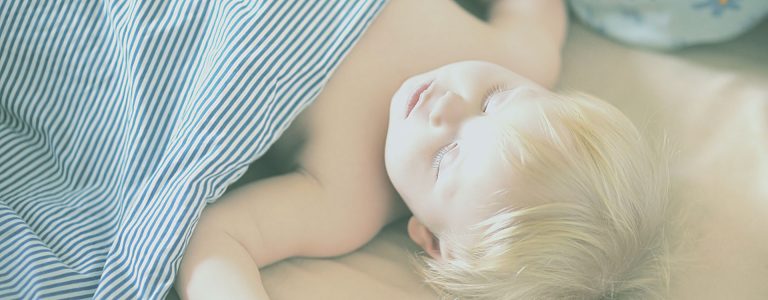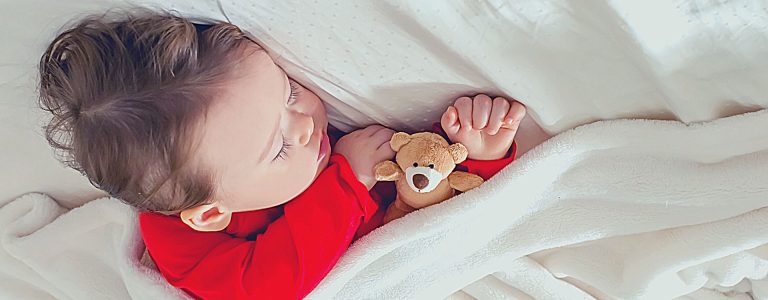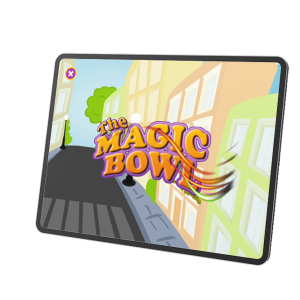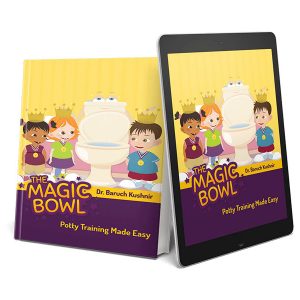
Bed-Wetting: General Fundamental Knowledge
Bed-Wetting: Causes and Treatment There are a number of theoretical models that explain the phenomenon of bed- wetting and accordingly therapeutic interventions are derived from them (Butler Rj., et al.
The treatment of bedwetting often involves the use of medications, with two main drugs commonly prescribed (Nelson textbook of Pediatrics):
A. Desmopressin
B. Oxybutynin
A. Desmopressin (also known as Minirin) is a synthetic hormone originally developed for the treatment of Diabetes Insipidus. This disorder is characterized by a deficiency of vasopressin, a hormone that regulates fluid passage from the kidneys to the bladder.
Desmopressin acts as a replacement for this hormone and, when administered in low doses before bedtime to bedwetting children, it has shown to eliminate bedwetting in around 60% of cases (Stewart S. et. al. 2010). By reducing the amount of fluid passing from the kidneys to the bladder during the night, Desmopressin enables the child to remain dry until morning. However, studies have found that discontinuing the use of this medication often results in a return of bedwetting in nearly all children who had previously benefited from it. Desmopressin can provide temporary
relief for occasions such as sleepovers or trips away from home, but it generally does not lead to a long-term solution or independent control of the child’s bladder.
B. Oxybutynin is a medication primarily prescribed for individuals with an irritable bladder. It works by relaxing the muscles of the bladder, increasing its capacity, and reducing the frequency of bedwetting in many children. Combining Oxybutynin with Desmopressin can further enhance its effectiveness (Gözüküçük A. et. al. 2021).
It is important to note that discontinuing the use of these medications typically results in a return of bedwetting. In some cases where a bedwetting alarm is being used as part of the treatment, medication can be used in conjunction to address deep sleep and multiple bedwetting incidents during the night. However, for the child to achieve complete and independent dryness, the gradual reduction of medication usage while continuing to use the alarm is necessary. Further details on combining medications with the bedwetting alarm treatment can be found in Chapter 2.

Bed-Wetting: Causes and Treatment There are a number of theoretical models that explain the phenomenon of bed- wetting and accordingly therapeutic interventions are derived from them (Butler Rj., et al.

The treatment of bedwetting often involves the use of medications, with two main drugs commonly prescribed (Nelson textbook of Pediatrics): A. Desmopressin B. Oxybutynin A. Desmopressin (also known as Minirin)

About 20% of all children who wet the bed at night also wet themselves while they’re awake. We see those little circles of moisture on the child’s clothes. But when

When you use our guidance and support, we welcome you to use any bedwetting alarm. We also welcome you to buy the highest quality alarms in the world directly through

Speed up the process of progressing from infant diapers to toilet chairs or toilet seats with The Magic Bowl App.

The Magic Bowl – potty training made easy Dr. Baruch Kushnir turns potty training into a fun, effective, and most importantly, short experience. Order Now

Encopresis – you can beat it! Game-changing solutions for Toilet Anxiety, Soiling, and Constipation in Children Order Now About the book How to eliminate poop